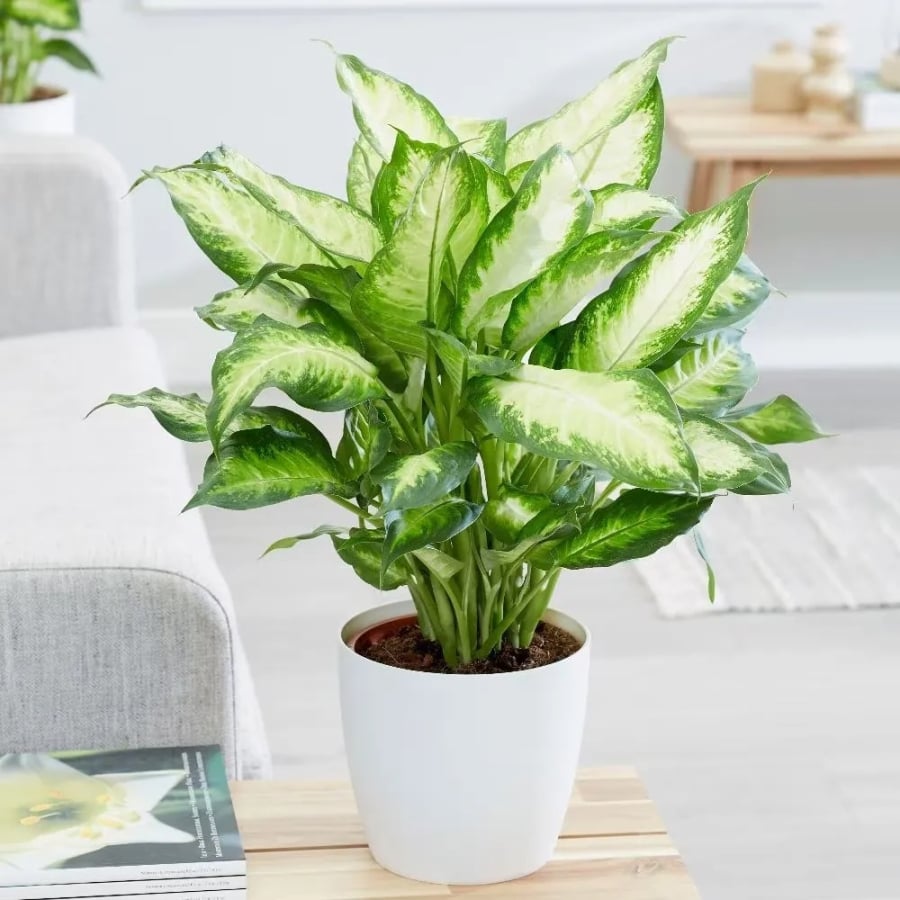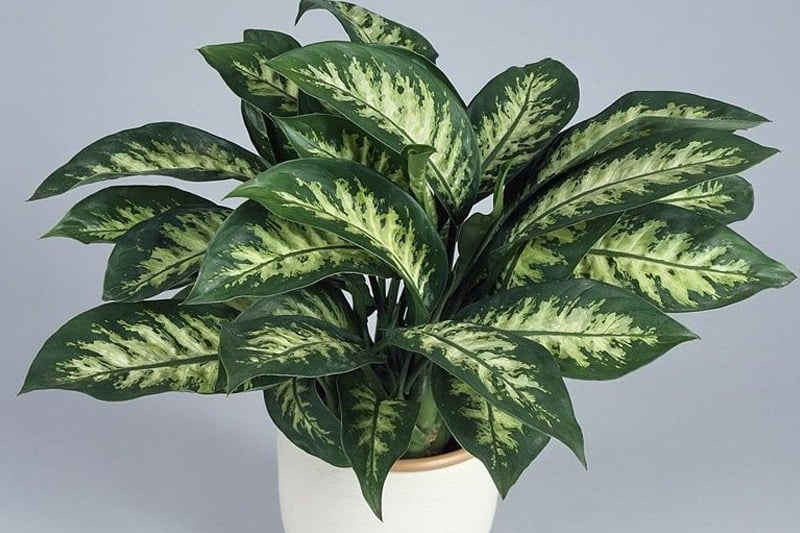The Peace Lily, also known as Spathiphyllum, is a popular houseplant that boasts lush, green foliage and stunning white flowers. Its scientific name, Spathiphyllum, is derived from the Greek words “spatha,” meaning “blade,” and “phyllon,” which translates to “leaf.” This beautiful plant has a myriad of symbolic meanings and is believed to bring good fortune and harmony to its owners.
Symbolism and Meaning of the Peace Lily
– Longevity and Stability: The Peace Lily, or “Thousand-Year Green” in Vietnamese, symbolizes enduring life and longevity. With its vibrant green leaves remaining intact throughout the year, it represents stability, resilience, and enduring vitality.

– Wealth and Prosperity: In the context of feng shui, the Peace Lily is believed to attract wealth and prosperity. Placing this plant in harmonious locations within the home or office is thought to enhance one’s financial situation and bring overall good fortune.
– Harmony and Family Happiness: The Peace Lily is often associated with family harmony and unity. Its sturdy appearance and lush greenery contribute to a peaceful and loving home environment, fostering strong bonds and happiness among family members.
– Health and Well-being: Beyond its symbolic meanings, the Peace Lily is renowned for its air-purifying qualities. It effectively absorbs toxins and purifies the surrounding air, creating a healthier living environment and promoting the well-being of its owners.
Caring for the Peace Lily
The Peace Lily thrives in indirect sunlight. Avoid placing it in direct sunlight as the intense rays can scorch its leaves. Instead, position it near a window or in a well-lit room with natural light. If your home or office lacks sufficient natural light, fluorescent lighting can be used to supplement the plant’s lighting needs.

This plant prefers moist soil but be careful not to overwater it, as it is susceptible to root rot. Maintain a regular watering schedule, aiming for once or twice a week, depending on the temperature and humidity conditions in your environment. Ensure the soil is moist but not soggy. During winter, reduce watering as the plant requires less water.
For optimal growth, use well-drained, porous soil. You can enhance drainage by mixing sand or peat moss into the potting mix. To promote vigorous growth, fertilize your Peace Lily periodically with liquid fertilizer or NPK fertilizer. Fertilize once a month during the growing season, typically spring and summer.
Peace Lilies favor humid environments, so if the air in your home is particularly dry, consider misting the leaves occasionally to provide additional moisture. The ideal temperature range for this plant is between 15-25°C (59-77°F). Avoid exposing it to drafts or temperatures below 15°C.
The Ultimate Money-Making Plant: Invite Abundance into Your Home with This Golden Wonder
The Snake Plant, a popular choice for households, is renowned for its air-purifying and spiritual cleansing properties. But it’s not just any ordinary plant – with its powerful ability to attract wealth and prosperity, it has become a symbol of opulence and good fortune for homeowners.
The Haunting Season: A Pinch of Salt to Ward Off Evil and Misfortune
The seventh lunar month is a time of spiritual significance for the Vietnamese, who believe that offerings of rice and salt must be made to appease the spirits and ward off any disturbances. This tradition is a beautiful reflection of the culture’s deep respect for the supernatural and the importance of maintaining harmony between the living and the dead.





































